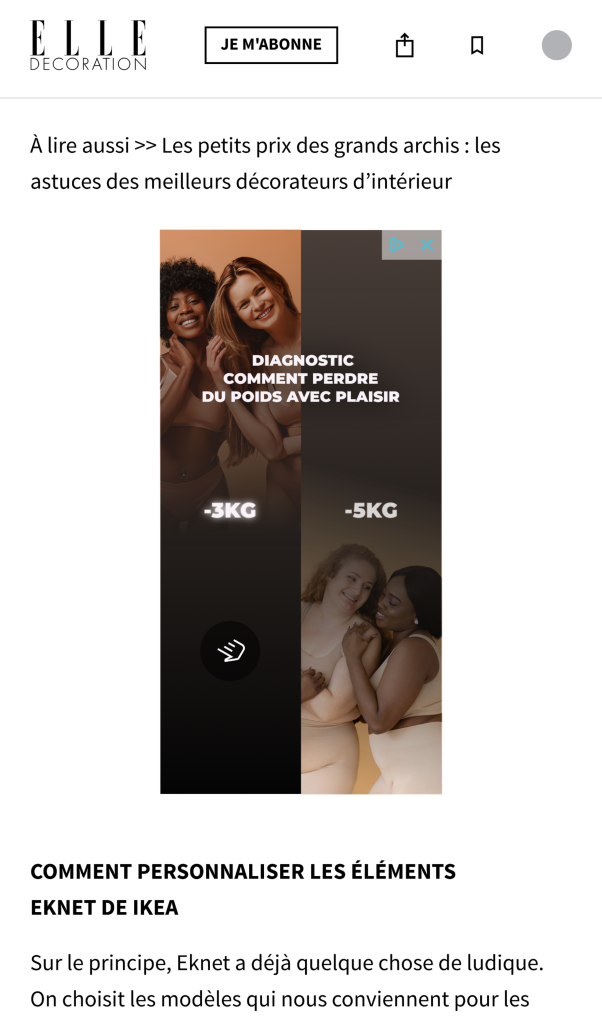
MRAID, a technology to make mobile advertising more interesting. This could solve a big problem in online marketing — banner blindness. Let’s see how MRAID changes how we interact with mobile ads.
What is MRAID?
Ever ignore banner ads on websites and apps? That’s called banner blindness. Our brains skip over ads that look like clutter. This is a big problem for marketers who spend a lot on making eye-catching ads.
MRAID changes normal banners into interactive ones in mobile apps. Imagine tapping an ad and it shows a video, a game, or an interactive calendar.
Why Marketers Should Use MRAID
1. Engaging Content: MRAID makes ads more than just pictures. They can become videos or galleries that catch users’ attention.
2. Better User Experience: Instead of annoying ads, MRAID lets users watch videos or play games within the ads.
3. Improved Brand Recall: Interactive ads help people remember your brand better. You can also customize these ads using data to match user preferences.
How to Beat Banner Blindness
- Simplify Your Ads: Less clutter makes ads stand out more. Don’t show too many ads at once.
- Smart Ad Placement: Place your ads where they are noticeable but not disruptive.
- Personalized Ads: Use MRAID’s features to show ads based on user preferences. This makes the ads more interesting to viewers.
Success Stories with MRAID
Companies using MRAID see higher engagement and better conversion rates. These case studies show that smart ad strategies capture and keep attention.
1. Coca-Cola:
Coca-Cola used MRAID to create an interactive mobile ad where users could “share a Coke” with friends by customizing virtual bottles. This campaign saw a 30% increase in user engagement and a significant boost in brand recall.
2. Nike:
Nike used MRAID to launch a campaign where users could customize their own shoes within the ad. This interactive experience led to a 40% increase in click-through rates and a 25% increase in conversions.
3. IKEA:
IKEA created an MRAID ad that allowed users to place virtual furniture in their homes using augmented reality. This led to a 50% increase in user interaction and a notable rise in in-store visits.
4. Starbucks:
Starbucks used MRAID to develop an interactive game within their ad. Users could play to win discounts and rewards, which resulted in a 35% increase in user engagement and higher sales during the campaign period.
If you’re new to digital marketing or want to improve your current efforts, try using MRAID. It can make your campaigns stand out and be more memorable.
To sum up: If you want to boost interaction and overcome banner blindness, consider using MRAID in your ads. Embracing new technology can help you achieve better visibility than traditional methods.
Hope this helps improve your advertising strategies! Remember, new tools can solve today’s digital challenges.




